Before we get into this pool owner guide, let’s talk about being a pool owner.
Owning a swimming pool. It’s great, isn’t it?
It provides a perfect place to retreat for peaceful relaxation. A hub for healthy recreation with family and friends. And during the summer months, a soothing refuge from the scorching heat of those sunny days. All in all, it’s the choice spot to cool off and enjoy life.
But that’s not to say that pool ownership doesn’t come with its fair share of responsibility.
Every pool owner knows that maintaining a swimming pool takes work. From keeping all the parts of the pool system in working order, to cleaning and balancing the chemicals. It can seem a little overwhelming at first, but with the right approach, pool ownership can be simple.
It’s all about understanding how your swimming pool works, and what you need to do to keep everything in order. This pool owner guide will familiarize you with those topics. Breaking them up into simple, easy-to-digest sections that you can come back and refer to later.
This is also an ideal guide for new pool owners, as it covers all the basics of pool care.
The Definitive Pool Owner Guide
Parts of the Pool System
-Main Drains
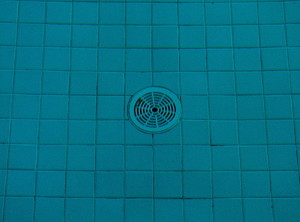


Main drains are identified as round or square fixtures on the pool floor. They’re located at the deepest end of the pool and feed directly to the pool pump. Any heavy sinking debris in your pool water will usually filter out through these drains. For safety purposes, most drains are covered with an anti-vortex shield/grate that prevents hazardous suction vortexes from forming.
-Skimmers
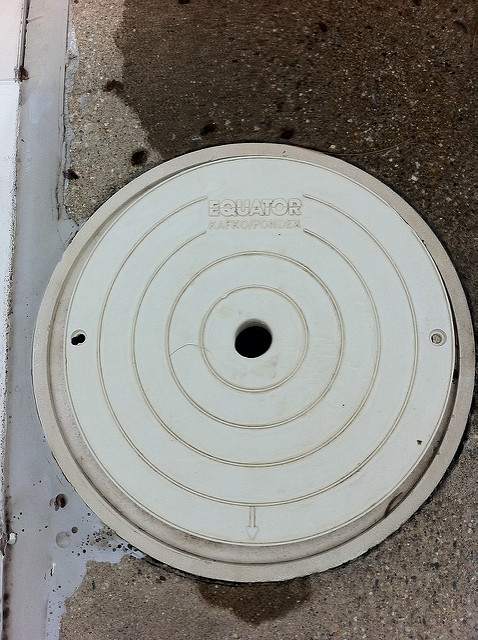


Skimmers are responsible for catching any floating debris on the surface of the pool water. And they’re located at the top of the pool wall at water level.
Most skimmer systems feature a swinging door, or floating weir, that opens and closes in brief increments. Pulling in small amounts of water at a time, while retaining any debris that floats in. The debris is contained within a small basket inside of the skimmer.
And like the main drains we mentioned earlier in the pool owner guide, skimmers also feed water to the pool pump.
-Pump
Without this crucial piece of equipment, there would be no pool.
Your pool pump is the center of your pool water circulation system. It pulls in water through the skimmer and main lines and sends it to the filter system. Pool pumps accomplish this by using an electric motor. A motor equipped with an impeller the spins rapidly within the unit. Creating a pulling force that moves the water from the pool through the rest of the system.
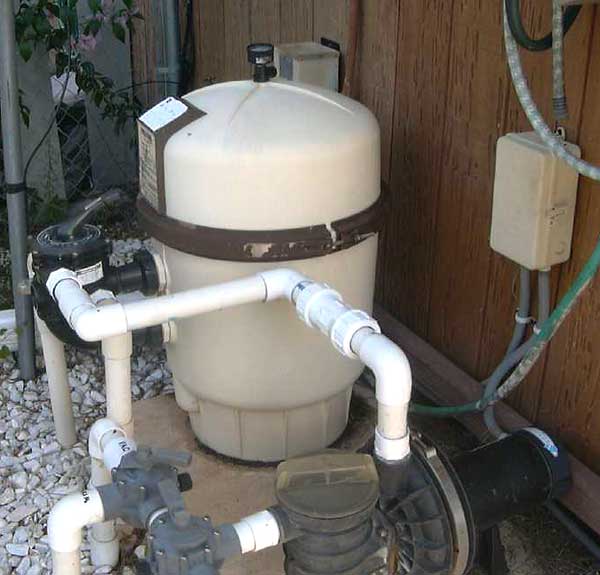


-Filter
There are three major types of pool filters. Diatomaceous Earth, Sand, and Cartridge.
Although each works a little differently, their jobs are the same. They receive unfiltered water from the pool pump through an inlet. Gravity then pulls the water down through the filtering apparatus, catching micro contaminants like hair, dirt, and oils from lotions. After the water passes through the filter, it’s then pumped through the outlet.
[That’s all we’ll be covering on filters in this pool owner guide. You can learn more about the different types of pool filters here]
-Heater
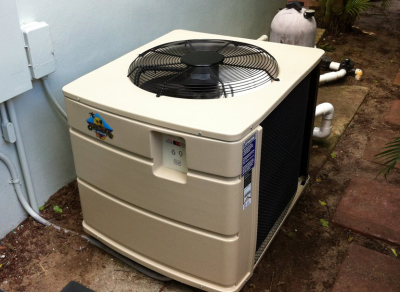

 The heater is what keeps your pool water at the perfect temperature year round. Extending your swim season and allowing you to enjoy your pool even longer.
The heater is what keeps your pool water at the perfect temperature year round. Extending your swim season and allowing you to enjoy your pool even longer.
They take in water from the filter system and run it over a heating element.
Energy efficient pool heaters, like pool heat pumps, utilize natural heat from the air in combination with an eco-safe refrigerant to harvest heat. The heat is then transferred to a heat exchanger, a part comprised of special PVC tubing that contains a titanium heating coil (heating element). As the water passes through the heat exchanger, it becomes warmed up.
From there the water is exits the heater through the outlet and flows back into the pool.
Unless of course you also have a chlorination system
[Learn how pool heat pumps work here]
[Check out our pool heater comparison post to learn about the different types of pool heaters]
-Chlorinator*
A good number of pool owners stick to traditional pool chemical maintenance. Adding whatever chemicals are needed by hand. So after the heating stage, the pool water goes straight to the return lines.
But some pool owners use automatic chlorination systems that automate the process. These systems sit between your heater and return lines in the pool water cycle.
Salt Water Chlorination Systems use a chlorine generator, or salt cell to produce chlorine naturally. They also feature an electronic component that monitors and regulates chlorine levels. You can learn more about how Salt Water Chlorination Systems work here.
Other methods include Feed Systems. Automated feeders that hold chlorine tablets and release chlorine infused water based on an amount set by a control dial.
[That’s as much as we’ll be talking about chlorinators in this pool owner guide. But you can check out our post on Salt Water Chlorination Systems to learn more]
-Return Lines (Jets)
This is where clean, heated water finds it’s way back into the pool. You can identify return lines by spotting the plastic PVC fittings along the pool walls. In the middle, sits a free-moving plastic fixture, or eyeball, where the water is pumped through.
The eyeballs can be moved to adjust the directional flow of the water. And if you put your hand over the jet, you should be able to feel the pressure of the water being pumped into the pool.
The Definitive Pool Owner Guide | How A Swimming Pool Works
Now that you know about all the parts of your pool system, let’s go over the process. Here’s how a swimming pool works.
It all begins and ends with the pool itself.
As water flows through your pool, any debris that accumulates will find it’s way out through one of two exits. Either the main drains or the return lines.
But it’s the pool pump that pulls in the water through these pathways. Eventually delivering it to the filter system.
The filter gets rid of any leftover debris missed by the pump baskets and skimmers and sends clean, filtered water to the pool heater.
The pool heater then moves the water over a heating element. Heating the water as it passes through. It then circulates the heated water back into the pool.
But if there’s a chlorination system involved, the water will pass through it first before being returned to the pool.
The Definitive Pool Owner Guide | Pool Maintenance 101
Pool Maintenance 101 | Cleaning the pool
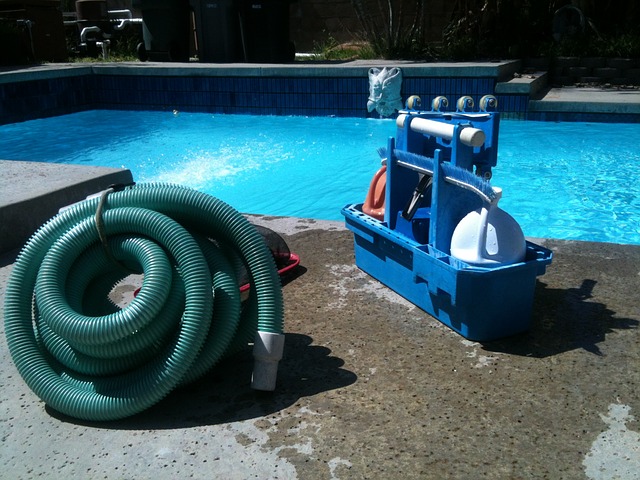


Although your pool circulation system will naturally do a lot of the cleaning, it can’t do it perfectly. So it’s up to you lend a hand.
But the thing about pool care is that’s much easier done on a schedule, than all at once. Similar to emptying out your car regularly, versus waiting until it becomes a mini landfill.
Setting a weekly cleaning schedule gives you the best results, with the least effort. Sounds counter-intuitive at first, but leaving your pool to fend for itself for too long causes a world of problems. From debris clogging up circulation to all out pool algae infestations.
But instead of entertaining those ideas in this pool owner guide, let’s talk about what you can do to avoid them.
Follow these quick pool cleaning tips for an ever-glistening, healthy swimming pool:
-Skim the surface of the water daily (this prevents debris from sinking and collecting on the pool floor)
-Brush the walls, steps, and fixtures of your pool at least once a week
-Brush hard to reach spots like corners and behind the pool ladder
-Vacuum the pool floor at least once a week
-Run your pool pump at least 8 hours a day to maintain proper circulation
-Empty out your pump, filter, and skimmer baskets regularly
[Looking for more on pool care? Here are 8 Powerful Pool Care Tips]
Pool Maintenance 101 | Pool chemistry made easy
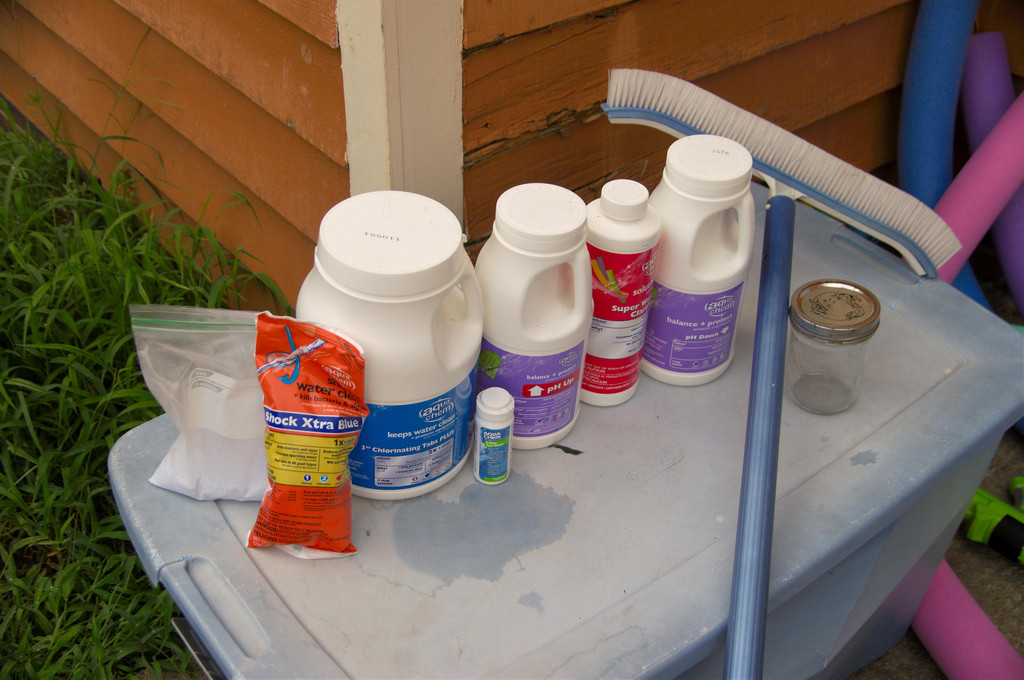


+Chlorine
Chlorine acts as a sanitizer for your pool, killing off any unwanted bacteria or microorganisms that enter the water. As the chlorine is circulated into the water, it’s broken down into two main chemicals, hypochlorous acid (HOCl) and hypochlorite ion (OCl–). Together the chemicals work to oxidize any contaminants in the water, turning them into harmless bits of debris to be removed by the filter system.
Chlorine that is used, or has already oxidized contaminants is called Combined Chlorine.
Unused chlorine is known as Free Chlorine. Free Chlorine is the chlorine level you measure when testing your water.
Ideal Chlorine levels: between 1 and 3 ppm (parts per million)
If Chlorine is too low: Add a dose of shock treatment (one pound per 10,000 gallons of water) and retest
(You can also add chlorine tablets or powder)
If Chlorine is too high: Add a chlorine neutralizer like Sodium Thiosulfate or Sodium Sulfite
+pH
pH isn’t a chemical, but rather a measurement. Even so, it’s still an important part of pool chemistry (and this pool owner guide).
Simply put, it’s a number that indicates how much of an acid or base a liquid is.
When the pH of your pool water is too high, it becomes a base. Causing cloudiness and scaling on pool equipment.
A low pH creates an acid, which causes corrosion in pool equipment, and lots of discomfort on skin.
Ideal pH levels: between 7.4 and 7.6
If pH is too low: Add a pH increaser such as Sodium Carbonate (175 grams will increase the pH of an average sized pool by .01 ppm)
Can I use baking soda to balance pH?
Yes, but keep in mind that baking soda is about half as effective and also increases your Total Alkalinity. It’s also more expensive. So it’s best for emergency use only.
If pH is too high: Add a pH decreaser such as Sodium bisulfate (powder) or muriatic acid (liquid | Avoid skin contact) to the pool water
+Total Alkalinity
The Alkalinity of your pool is closely related to its pH. When Total Alkalinity is too low, pH becomes unstable. And when it’s too high, pH becomes fixed, making it difficult to adjust should it eventually drop or increase. So ideally, you want to achieve a level balance between the two extremes.
Ideal Alkalinity levels: 80-120 ppm
If Alkalinity is too low: Add an Alkalinity booster like Sodium Bicarbonate
If Alkalinity is too high: pH decreasers like Sodium Bisulfate and Muriatic acid also lower Alkalinity. So use them as needed to balance your alkalinity
+Calcium Hardness
Calcium Hardness is what determines how “hard” or “soft” your pool water is. It does so by measuring the calcium content of your water.
When a Calcium Hardness level is too high (over 400 ppm), it causes pool water to become hard. Which like high pH, can cause cloudiness and scaling.
On the flip side, a low Calcium Hardness level creates “soft” water. Which can wreak havoc on pool surfaces, causing corrosive damage to anything from masonry to metal fixtures.
But if you keep your calcium hardness at the right level, you won’t have to worry about any of these problems.
Ideal Calcium Hardness: 100-200 ppm
If Calcium Hardness is too low: Add Calcium Chloride to make water harder
If Calcium Hardness is too high: Use a flocculant to neutralize excess calcium carbonate OR Add fresh water to the pool with your garden hose to dilute calcium levels
+Cyanuric Acid (Stabilizer)
This commonly overlooked pool chemical may be one of the most important for you to understand as a pool owner. Why is this such an important part of the pool owner guide, you may ask?
Well, Cyanuric Acid acts as a stabilizer that controls how effective your chlorine is. The very chemical that keeps your pool clean.
What a lot of pool owners don’t know is that chlorine can quickly be burned away from the intense rays of the sun. Making it difficult to achieve a proper chemical balance.
But cyanuric acid (CYA) works like a shield against the sun, slowing down the rate that UV rays break down chlorine. And luckily, most chlorine tablets are infused with the chemical. But there may be some situations where you need to adjust your CYA levels fast. In which case you can purchase CYA to add directly to the pool water .
Ideal CYA levels: 30-80ppm
If CYA is too low: Simply add more Cyanuric Acid (stabilizer) to the water
If CYA is too high: Add fresh water to the pool to dilute CYA levels. Avoid using chlorine or shock with added CYA during the process. In extreme cases, you may need to drain and refill the pool


